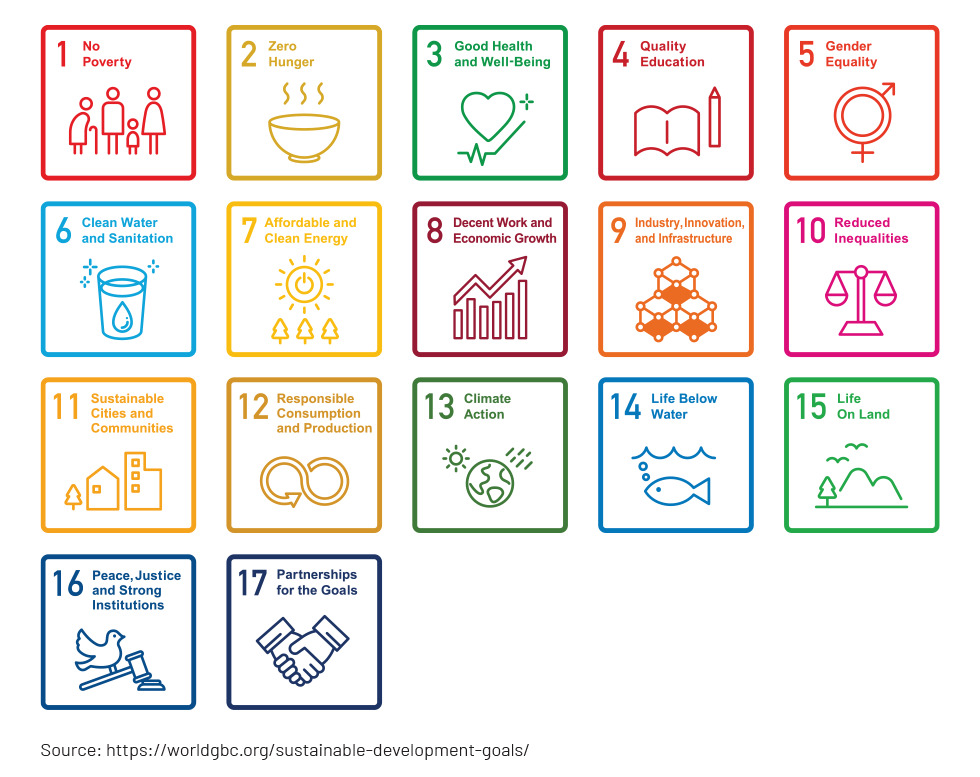Introduction
Introduction
Impact investments have been pursued by investors for a number of decades but have attracted attention lately owing to changing environmental conditions. Climate change, deforestation, the depletion of natural resources and inequality are just a few of the many issues facing the planet. Climate change frequently causes droughts and floods, for example, and these issues are interconnected. Deforestation may result, affecting agriculture, air quality and other areas.
Other problems that we now deal with include poverty, a lack of access to clean water and inadequate education. The United Nations’ Sustainable Development Goals (SDGs) were established to direct investments towards such causes and to safeguard the planet from disaster. A combination of factors reflecting changing investor priorities and broader societal trends is driving an increase in impact investments.
What is impact investment?
Impact investment aims to have a specific, positive and quantifiable social or environmental impact in addition to generating a financial return. In areas such as microfinance, sustainable agriculture, renewable energy, conservation and accessible and reasonably priced basic services including housing, healthcare and education, this investment strategy seeks to address urgent global issues.
This term was proposed by the Rockefeller Foundation in Bellagio, Italy, in 2007, to ensure that investments foster economic growth along with social and environmental development. Impact investment was not popular initially and was engaged in by a niche group of investors.

Challenges
1. The risk of not reaching goals: Impact investments are focused on achieving financial returns while making an impact on society and addressing challenges to a particular problem. However, this could also lead to not achieving targets.
2. Risk of change in regulations: Impact investments are often influenced by regulatory requirements. Since the business environment is evolving and ESG guidelines change, there are often new regulations in place.
3. Negative publicity: Investments in environmental benefit could sometimes fall short of goals or face challenges; the market would not view this positively.
4. Impact washing: This refers to situations where fund managers or companies claim that their investments are environmentally friendly or are meant to effect a positive change in society but in reality are not and do not.
5. Mission drift: Fund managers or companies may shift their focus from impact-based investments to other goals, leading to a change in their mission. This may affect the investor, as the impact expected would not be achieved.
Impact investment themes
1. Affordable housing: Some investors put their money into affordable housing projects; this has a positive social impact, as families with low incomes benefit from stability and reduced rents.
2. Greener farming methods: Businesses and financiers are spending money on sustainable farming methods that help them guarantee food security and that fewer chemicals and pesticides are used, ensuring production of organic food.
3. Accessible education: Investing in education means funding the education of less- fortunate members of society, ensuring their advancement and bridging the income divide.
4. Healthcare: Affordable healthcare is lacking in many parts of the world. Investments in research and development are necessary to ensure the latest technologies are used, and impact investments help with these efforts.
5. Microfinance: This is the practice of providing small loans to those with no access to traditional banking services or have low incomes. The objective is to alleviate poverty by providing individuals with the means to start small enterprises, promoting economic growth.
Conclusion
The rise of impact investing reflects a significant shift in investor priorities, driven by a desire to align financial decisions with social and environmental values, while achieving competitive financial returns. This growing trend is supported by favourable government policies, technological advancements and an increasing recognition of the interconnectedness of global challenges, positioning impact investing as a viable strategy for addressing pressing issues while generating profit. Although the trend of impact investments is increasing, there is still a gap in funding in this space. This paper highlights the different investment vehicles available to investors considering impact investing.




